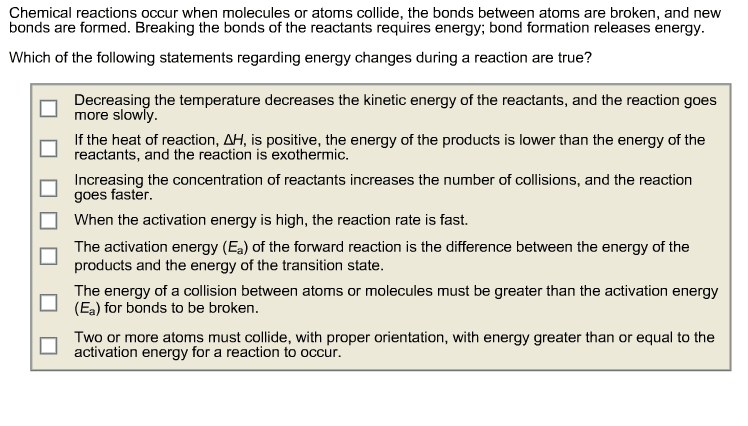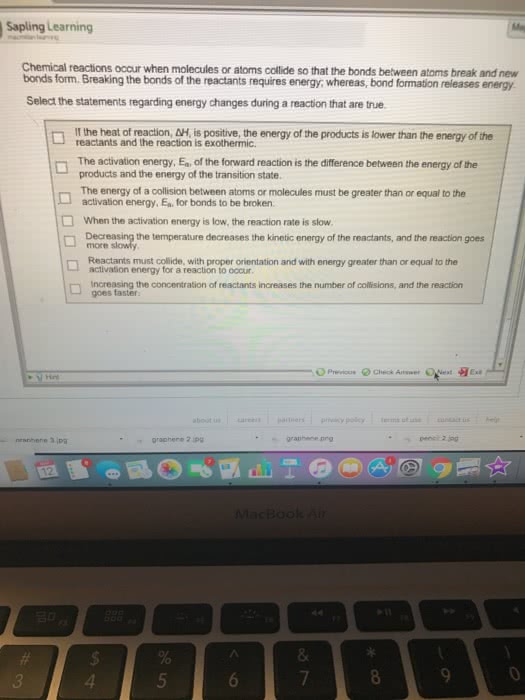CHEM 2E03 Chapter Notes - Chapter 12: Valence Electron, Covalent Bond, Formal Charge
Document Summary
C h a p t e r 1 : r e v i e w o f. The study of carbon-containing molecules and their reactions. 1. 2 structural theory: atoms that are most commonly bonded to c include n, o, h, and halides (f, cl, br, or i, each element generally forms a specific number of bonds with other atoms. Reactivity usually happens when there is any change to these bonds. 1. 3 covalent bonding: a covalent bond is a pair of electrons shared between two atoms, For example: energy increases if the two nuclei are forced closer together than optimum (at -436 kj/mol) due to repulsion, energy is released when two separate atoms form covalent bond (exothermic). To determine the formal charge of an atom, compare the number of valence electrons that it owns to the number of. 1. 5 polar covalent bonds: electrons tend to shift away from lower eng atoms to higher.




